কানাডার ক্যালগারি বিশ্ববিদ্যালয়ের সিভিল ইঞ্জিনিয়ারিং বিভাগের সহযোগী অধ্যাপক মুনতাসির বিল্লাহ আমাদের দেশের বিজ্ঞানী প্রজন্মের এক উজ্জ্বল নাম। তাঁর যাত্রা শুরু হয়েছিল ঢাকার মিলিটারি ইনস্টিটিউট অব সায়েন্স অ্যান্ড টেকনোলজি (মিস্ট) থেকে, যেখানে তিনি সিভিল ইঞ্জিনিয়ারিংয়ে স্নাতক সম্পন্ন করেন। তারপর কানাডার ব্রিটিশ কলম্বিয়া বিশ্ববিদ্যালয়ে কাঠামোগত প্রকৌশলে (Structural Engineering) এমএসসি এবং পিএইচডি করেন। একাডেমিয়ায় যোগ দেওয়ার আগে তিনি ভ্যাঙ্কুভারের বিখ্যাত পারসন্স কোম্পানিতে সেতু প্রকৌশলী হিসেবে কাজ করেছেন।
গবেষণার মূল ধারা: টেকসই ও স্থিতিস্থাপক অবকাঠামো
বর্তমানে তাঁর গবেষণার প্রধান ক্ষেত্র হলো অবকাঠামোর স্থিতিস্থাপকতা ও টেকসই উন্নয়ন। সহজ কথায়, সমাজকে টিকিয়ে রাখতে আমাদের সড়ক, সেতু, ভবন বা বাঁধগুলো যেন প্রাকৃতিক দুর্যোগ কিংবা মানবসৃষ্ট বিপর্যয়ের সময়েও দাঁড়িয়ে থাকতে পারে—এই লক্ষ্যেই তিনি কাজ করছেন। জলবায়ু পরিবর্তনের প্রভাব ক্রমেই বাড়ছে, ফলে কাঠামোগত নকশায় সেই অনিশ্চয়তাকে মোকাবিলা করাই বড় চ্যালেঞ্জ।
ড. বিল্লাহ বলেন, তাঁর গবেষণার কেন্দ্রে রয়েছে Resilient and Innovative Infrastructure Systems। অর্থাৎ নতুন উপাদান, নতুন নকশা ও নতুন ধারণার মাধ্যমে এমন অবকাঠামো তৈরি করা, যা জলবায়ু পরিবর্তনের অভিঘাত সামলে টেকসই থাকবে এবং একইসাথে হবে সাশ্রয়ী ও কার্যকর। উদাহরণ হিসেবে তিনি উল্লেখ করেন—নতুন ধরণের টেকসই কংক্রিট বা ইস্পাত ব্যবহারের মাধ্যমে সেতু বা ভবনের আয়ুষ্কাল বাড়ানো।
কানাডার প্রেক্ষাপটে, বৈশ্বিক প্রভাব
তাঁর গবেষণা এখন মূলত কানাডার অবকাঠামোকে জলবায়ু পরিবর্তনের সঙ্গে মানিয়ে নিতে সহায়তা করছে। তবে এর প্রভাব কেবল কানাডায় সীমাবদ্ধ নয়। জলবায়ু পরিবর্তন একটি বৈশ্বিক বাস্তবতা—বন্যা, ভূমিকম্প, ঘূর্ণিঝড় কিংবা তাপপ্রবাহ যেখানেই হোক, একই প্রশ্ন ঘুরে ফিরে আসে: কীভাবে আমাদের অবকাঠামোকে টেকসই করা যায়? এই প্রশ্নের উত্তর খুঁজতেই ড. বিল্লাহ ও তাঁর গবেষক দল নিরলস কাজ করছেন।
তিনি জোর দিয়ে বলেন, “আমাদের লক্ষ্য শুধু স্থানীয় সমস্যার সমাধান নয়, বরং বৈশ্বিক পরিসরে এমন একটি নকশা তৈরি করা যা যে কোনো দেশের অবকাঠামো খাতে প্রয়োগযোগ্য হবে।”
গবেষণার চ্যালেঞ্জ ও সম্ভাবনা
জলবায়ু পরিবর্তনের ভবিষ্যৎ প্রভাব নিরূপণ করা সবচেয়ে বড় চ্যালেঞ্জ। আজকের দিনে বৈজ্ঞানিক মডেল আমাদের সম্ভাব্য ঝুঁকির ছবি আঁকতে পারে বটে, তবে শতভাগ নিশ্চিতভাবে বলা যায় না ভবিষ্যতে কতটা ক্ষয়ক্ষতি হবে। এই অনিশ্চয়তার মাঝেই তাঁরা এমন কাঠামো তৈরি করার চেষ্টা করছেন, যা যে কোনো পরিস্থিতিতে টিকে থাকবে।
তাঁর ভাষায়, “আমাদের কাজ হলো এমন অবকাঠামো বানানো যা প্রকৃতির সঙ্গে লড়াই করে না, বরং প্রকৃতির সঙ্গে তাল মিলিয়ে টিকে থাকতে শেখে।”
বিজ্ঞানীর গুণাবলি
একজন বিজ্ঞানী হতে হলে কী কী প্রয়োজন—প্রশ্নের উত্তরে তিনি সহজ ভাষায় বলেন: কৌতূহল, বিশ্লেষণাত্মক চিন্তাশক্তি, ধৈর্য, অধ্যবসায় এবং মানিয়ে নেওয়ার ক্ষমতা। তিনি মনে করেন, গবেষণায় সবসময় অনিশ্চয়তা থাকবে। তাই ধৈর্য ধরে চেষ্টা চালিয়ে যাওয়াই সাফল্যের চাবিকাঠি।
তরুণদের জন্য বার্তা
বাংলাদেশের তরুণ শিক্ষার্থীদের উদ্দেশে তিনি একটি গুরুত্বপূর্ণ বার্তা দেন: “গবেষণা করার জন্য আপনাকে কোনো সুপারস্টার হতে হবে না, বা শ্রেণির সেরা হতে হবে না। গবেষণার জন্য সবচেয়ে প্রয়োজন অনুপ্রেরণা, নিষ্ঠা আর উৎকর্ষ অর্জনের তীব্র আগ্রহ।”
উপসংহার: এক অনুপ্রেরণার গল্প
মুনতাসির বিল্লাহর যাত্রা আমাদের দেখায়—ঢাকার এক শিক্ষার্থীও বৈশ্বিক অঙ্গনে অবদান রাখতে পারে, যদি থাকে লক্ষ্যপানে নিরলস সাধনা। তাঁর কাজ কেবল কানাডার অবকাঠামোকে নয়, ভবিষ্যতের বৈশ্বিক উন্নয়নকেও টেকসই করার লড়াইয়ে সহায়ক।
বাংলাদেশের তরুণদের জন্য তাঁর জীবন ও গবেষণা এক অনন্য অনুপ্রেরণা। কারণ তিনি প্রমাণ করেছেন, বিজ্ঞান শুধু ল্যাবরেটরির দেয়ালে আটকে নেই—এটি আমাদের প্রতিদিনের জীবনের ভরসা, আমাদের সেতু, আমাদের ঘরবাড়ি, আমাদের ভবিষ্যৎ।
📞 যোগাযোগের তথ্য
📧 ইমেইল: [email protected]
🔗 লিংকডইন: linkedin.com/in/muntasir-billah-phd-p-eng-00572421
🌐 প্রোফাইল: profiles.ucalgary.ca/muntasir-billah
Muntasir Billah: Building Bridges Between Resilience, Sustainability, and Inspiration
In an era when the climate crisis threatens the very foundations of modern civilization, the work of Bangladeshi-born scientist Dr. Muntasir Billah shines as both timely and transformative. Currently an Associate Professor of Civil Engineering at the University of Calgary, Canada, Dr. Billah is pioneering research on resilient and sustainable infrastructure systems that can withstand the unpredictable shocks of climate change and resource scarcity. His journey—from Dhaka to Vancouver, from bridge engineer to academic leader—is not only the story of one scientist’s career, but also a powerful example of how Bangladeshi talent can make a global impact.
Early Life and Academic Journey
Dr. Billah’s academic path began in Bangladesh at the Military Institute of Science and Technology (MIST), where he completed his undergraduate degree in Civil Engineering. From an early age, he displayed an unusual curiosity about how structures—bridges, buildings, and roads—support human society. Unlike many who might take these for granted, he wanted to know what happens when they fail, and how to design them so they wouldn’t.
After excelling at MIST, his quest for deeper knowledge took him abroad. He pursued both his Master’s and PhD in Structural Engineering at the University of British Columbia (UBC), Canada. These years were pivotal, immersing him in advanced research and exposing him to the challenges of building in diverse climatic and geological conditions. Following his doctoral training, he entered the professional world as a structural (bridge) engineer at Parsons in Vancouver, where he worked on real-world engineering problems that affect thousands of people daily.
His experiences in industry shaped his practical outlook: infrastructure must not only be safe and durable but also affordable, adaptable, and accepted by the communities it serves. With this foundation, he transitioned into academia, first as an Assistant Professor at Lakehead University (2018–2022), and then moving to the University of Calgary, where he continues to develop his vision of climate-resilient infrastructure.
The Research Mission: Resilient and Innovative Infrastructure Systems
At the heart of Dr. Billah’s research is one fundamental question:
How can we prepare our infrastructure for a sustainable future under the twin challenges of resource scarcity and climate change?
This question is not abstract. It affects whether a bridge will collapse during a flood, whether a city’s water system can endure drought, or whether a coastal community can survive a cyclone. His research program, which he calls Resilient and Innovative Infrastructure Systems, seeks to reimagine the very backbone of society by introducing advanced materials, novel design strategies, and adaptive construction techniques.
In simple terms, his goal is to ensure that the built environment can survive and thrive under pressures both natural and human-made. “Our job,” he explains, “is not to design infrastructure that fights nature, but to design systems that live with nature—that adapt, flex, and endure.”
To achieve this, his team focuses on:
- Advanced Materials: Exploring new types of concrete, steel, and composites that can resist corrosion, withstand extreme temperatures, and last longer than conventional materials.
- Novel Design Concepts: Moving beyond traditional static models toward adaptive and modular designs that can be updated or repaired more easily.
- Climate Change Adaptation: Developing frameworks to incorporate climate uncertainty into engineering codes and design guidelines, ensuring that future structures are prepared for unpredictable events.
Canadian Research, Global Implications
While much of his work is funded and applied within the Canadian context, the global relevance of his research is undeniable. Canada faces unique challenges—permafrost melt in the north, flooding in the prairies, wildfires in the west—but these are mirrored in other parts of the world, from the rising seas of Bangladesh to the typhoons of the Philippines.
He notes: “The local realities differ, but the central challenge is the same everywhere: how do we design infrastructure that can stand the test of climate change while still being affordable and sustainable?”
For Bangladesh, a country ranked among the most climate-vulnerable in the world, the lessons from his research are invaluable. Bridges in rural Bangladesh washed away by floods, coastal embankments battered by cyclones, and urban drainage systems overwhelmed by heavy rain—all highlight the urgent need for climate-adaptive infrastructure. Dr. Billah’s work provides a blueprint for such solutions, combining cutting-edge material science with social practicality.
Challenges in the Work
One of the greatest challenges, Dr. Billah explains, is the uncertainty of climate projections. Scientists can model possible futures, but no one can predict exactly how severe climate change impacts will be in 10, 20, or 50 years. Designing infrastructure for such uncertainty is a daunting task.
It requires not only scientific rigor but also creativity and resilience. “It’s not enough to build something that stands today,” he remarks. “We need to build something that will still stand tomorrow—even if tomorrow looks very different from today.”
This mindset leads him to push for flexible, adaptive infrastructure. For example, instead of a rigid bridge designed only for one level of flooding, his designs incorporate margins of safety that allow for future increases in water levels.
The Human Side of Science
For Dr. Billah, research is not only about materials and models; it is also about people. Infrastructure serves communities, and so community needs must guide research priorities. This human-centered approach makes his work distinct. He envisions infrastructures that are not only climate-resilient but also socially inclusive—affordable for taxpayers and accessible to the people they are designed for.
When asked what qualities are necessary to be a scientist, he does not list technical skills first. Instead, he highlights human traits: curiosity, patience, persistence, adaptability, and critical thinking. He believes that science is not a solo pursuit of genius but a collaborative process fueled by these qualities.
Message for Young Bangladeshis
Perhaps most inspiring is his message to young Bangladeshi students who dream of becoming scientists or engineers. He insists that excellence in research does not require being the “top-ranked” student or a “superstar.” Instead, it requires motivation, dedication, and passion.
“You don’t have to be extraordinary to start research,” he says. “You just have to be willing to work hard, stay curious, and never give up.”
This advice resonates strongly in a country where many students feel discouraged by competitive systems or limited resources. Dr. Billah’s own story proves that global impact is possible for those who remain committed to their vision.
A Source of National Pride
Dr. Muntasir Billah’s journey—from a young engineering student in Dhaka to a respected academic in Canada—embodies the resilience and determination he now seeks to build into our physical world. His research is more than academic theory; it is a practical response to one of humanity’s greatest challenges.
For Bangladesh, his work is doubly significant. Not only does it provide lessons on how to protect our climate-vulnerable infrastructures, but it also demonstrates that Bangladeshi scientists can excel internationally and contribute solutions to global problems. His story is a reminder that intellectual talent is one of Bangladesh’s greatest resources—one that deserves recognition and support.
As the world faces uncertain environmental futures, the contributions of scientists like Dr. Billah are vital. They remind us that while we cannot stop storms, floods, or heat waves from coming, we can design our world to withstand them.
And for the next generation of Bangladeshi students, his life offers both a roadmap and an inspiration: that through curiosity, persistence, and passion, one can build not just bridges of steel and concrete, but bridges of knowledge and hope that connect Bangladesh to the world.
📞 Contact Information
📧 Email: [email protected]
🔗 LinkedIn: linkedin.com/in/muntasir-billah-phd-p-eng-00572421
🌐 Profile: profiles.ucalgary.ca/muntasir-billah

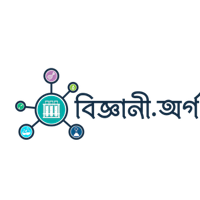
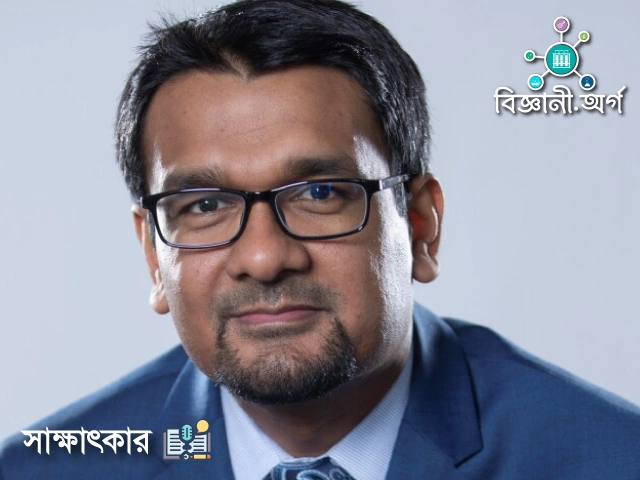



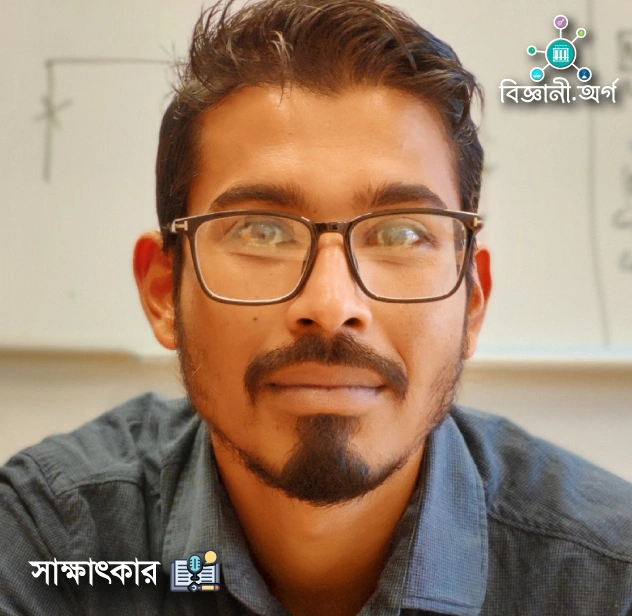

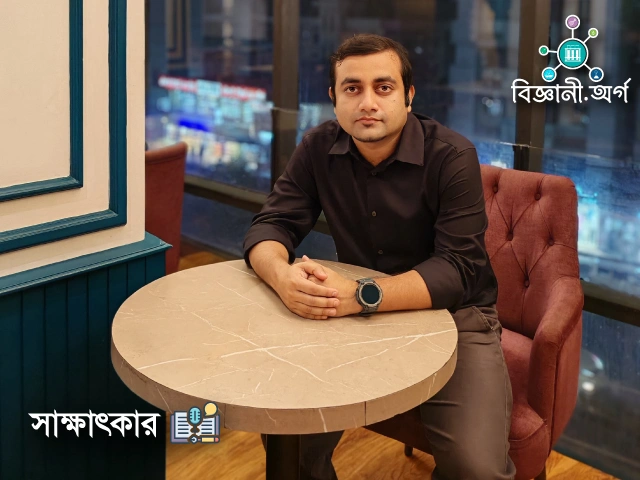
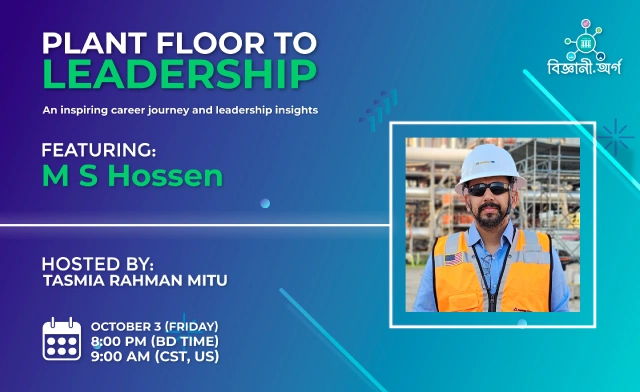
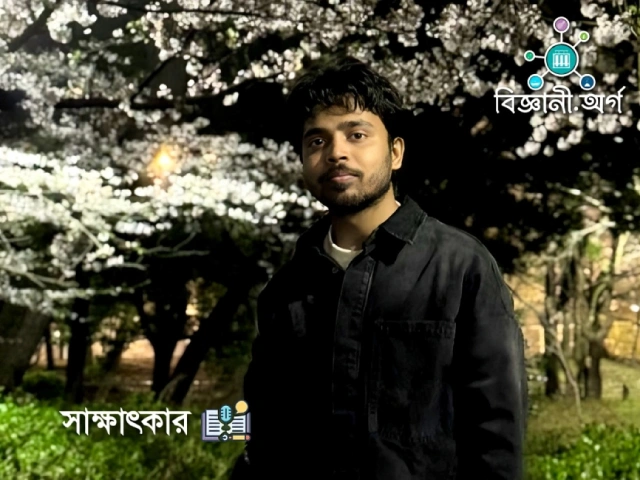
Leave a comment